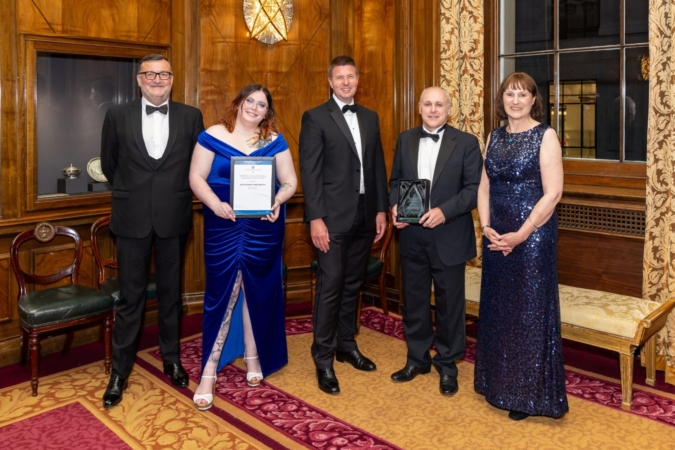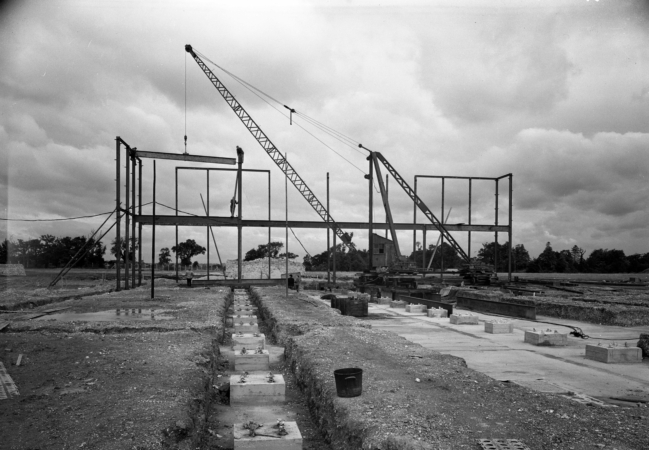Supporting international technical collaborations
AWE physicists, Peter Watkeys and Mat Budsworth, working with colleagues from Sandia National Laboratory (SNL) delivered a key experimental campaign to support verification of the UK’s nuclear deterrent. The campaign successfully generated high quality data used to verify (x-ray) radiation transport codes and coupled electromagnetic codes – helping AWE scientists to deliver warheads safely and reliably.
The UK-US team undertook an SGEMP (System Generated Electromagnetic Pulse) campaign on the world’s most powerful pulsed power machine Z at Sandia. The Z machine uses the well known principle of Z-pinch where the fast discharge of capacitors through a target causes its collapse towards its centerline, under the influence of Lorentz forces (current, magnetic field, force). This can lead to high numbers of x-rays being emitted.
SGEMP is a term covering the phenomenon where photon exposure leads to the emission of electrons. The experimental campaign involved Cavity SGEMP and Cable SGEMP. Cavity SGEMP is the specific case where the photo-electron emission is into a cavity. This emission leads to the generation of large evolving magnetic and electric fields. Cable SGEMP is where the photo-electron emission is from a cable, either its core or shield. There is also the effect of the changing electromagnetic fields within a cavity coupling to cables, thereby potentially inducing currents onto cable cores.
AWE Radiation Science Group Leader, David Osborne, said:
“The data generated during this experimental series will enable AWE and SNL to further enhance the development of their understanding of the SGEMP phenomena, and the computational tools used to model this system response.”
A total of 23 experiments were designed, built and characterised by Peter and Mat.
It is expected that once the data analysis has been completed, further work will be undertaken to examine whether experimental variations align with those predicted by the simulations.
Image: The Z-machine during operation. Electrical discharges illuminate the surface of the machine at shot time. (Courtesy of Sandia National Laboratories)



